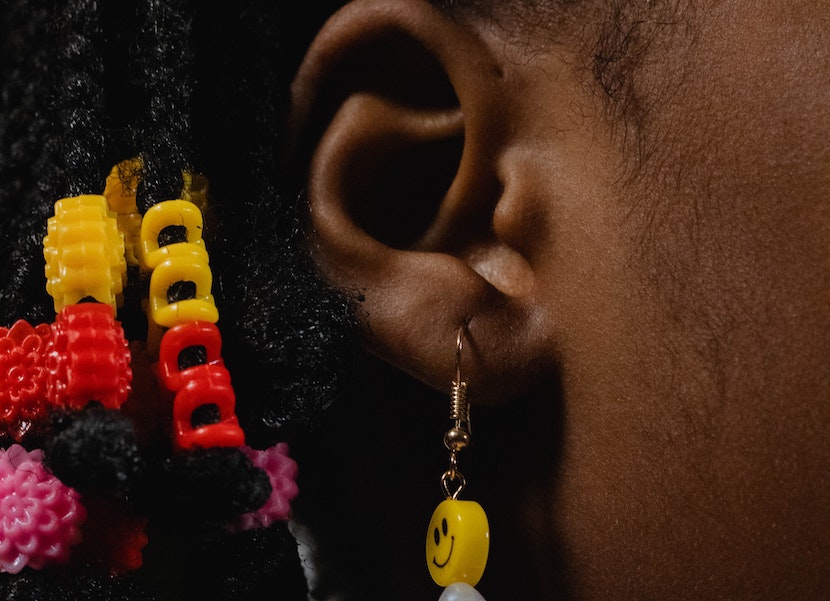What is sound rage?
Words by Kate Streader
If you’re triggered by certain sounds, you may want to keep reading.
Do you constantly find yourself angered by the sound of someone else chewing or clicking their pen? Or even less innocuous sounds like yawning or breathing? You may be suffering from a psychological disorder called misophonia, commonly known as sound rage.
This isn’t a distaste for bad manners or the grumpy feeling you get when you’re having a bad day and everything seems to get on your nerves. Misophonia is when particular trigger sounds, usually common noises made by others, activate your fight or flight response which leads to intense feelings of rage, panic, or disgust.
Want to read more about how others navigate the world? Head to our Life section.
The term misophonia was adopted in 2000 to describe people who suffer from a ‘hatred of sounds’. Sufferers won’t necessarily be triggered by all sounds. In fact, they’ll often have one or a handful of particular noises they can’t stand, but those noises will set off an abnormal response in the brain.
According to the Misophonia Institute, the list of common trigger sounds is long and varied, including everything from mouth sounds such as chewing, smacking lips, swallowing, drinking, brushing teeth and breathing, to clinking glasses, animal sounds, opening chip bags, yawning, humming, heavy footsteps, toilet flushing, traffic noise and doors slamming.
Because the condition is relatively new, in terms of being recognised as a somewhat common phenomenon affecting an estimated 20 per cent of the general population, very little is understood about sound rage and there hasn’t been a great level of research into what causes it and how to treat it.
The condition hasn’t been officially characterised as a mental disorder – some healthcare providers may have never encountered or even heard of it – so getting a diagnosis can be difficult.
This means that those who do seek a diagnosis may be told what they are experiencing is a symptom of another mental disorder, such as obsessive-compulsive disorder (OCD), anxiety or a sensory processing disorder.
However, studies – such as The Brain Basis for Misophonia in 2017 – have shown brain activity, changes in behaviour and autonomic responses in people who suffer from misophonia when met with trigger sounds, compared to those who do not experience sound rage, which suggests that it should be classified as its own disorder.
“Misophonia does not feature in any neurological or psychiatric classification of disorders; sufferers do not report it for fear of the stigma that this might cause, and clinicians are commonly unaware of the disorder,” the conclusion reads. “This study defines a clear phenotype based on changes in behaviour, autonomic responses and brain activity and structure that will guide ongoing efforts to classify and treat this pernicious disorder.”
Another study titled Misophonia: Diagnostic Criteria for a New Psychiatric Disorder, conducted five years prior in Amsterdam, offered the same conclusion. “We suggest that misophonia should be classified as a discrete psychiatric disorder. Diagnostic criteria could help to officially recognise the patients and the disorder, improve its identification by professional health carers and encourage scientific research,” the authors concluded.
Still, almost a decade later, research on sound rage is in its infancy and of the studies that have been done, the findings have been inconclusive. So what can you do if you have sound rage? Unfortunately, not much at this stage.
The current course of treatment is to either avoid trigger sounds or, if that’s not possible, use noise-cancelling headphones, a white noise machine, or other means of drowning out the sound.
Other options, such as sound therapy and psychology, are also commonly recommended for people looking to manage the condition. But, like with any other health concern, the best thing to do if you think something isn’t right is to speak to your GP and go from there.
For more on misophonia, try this.













